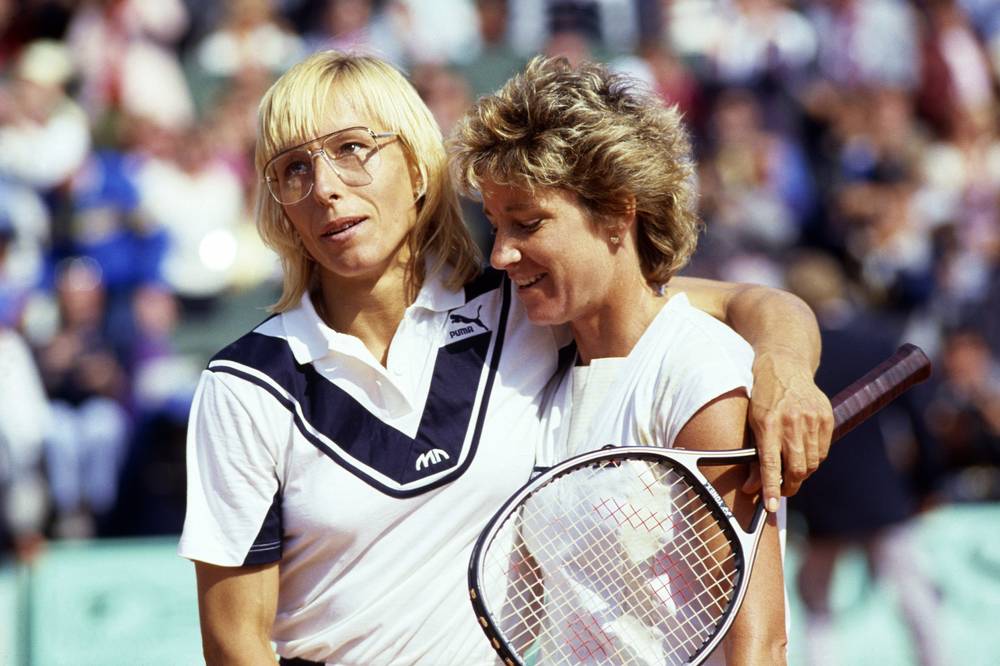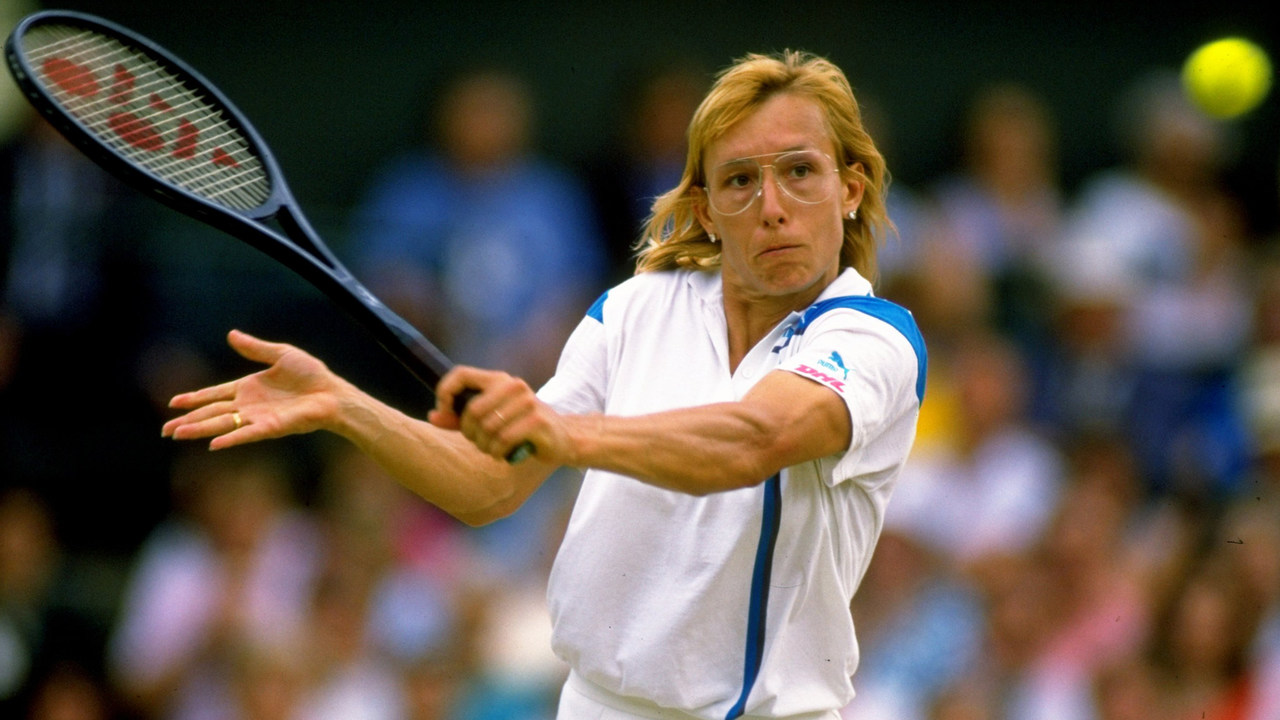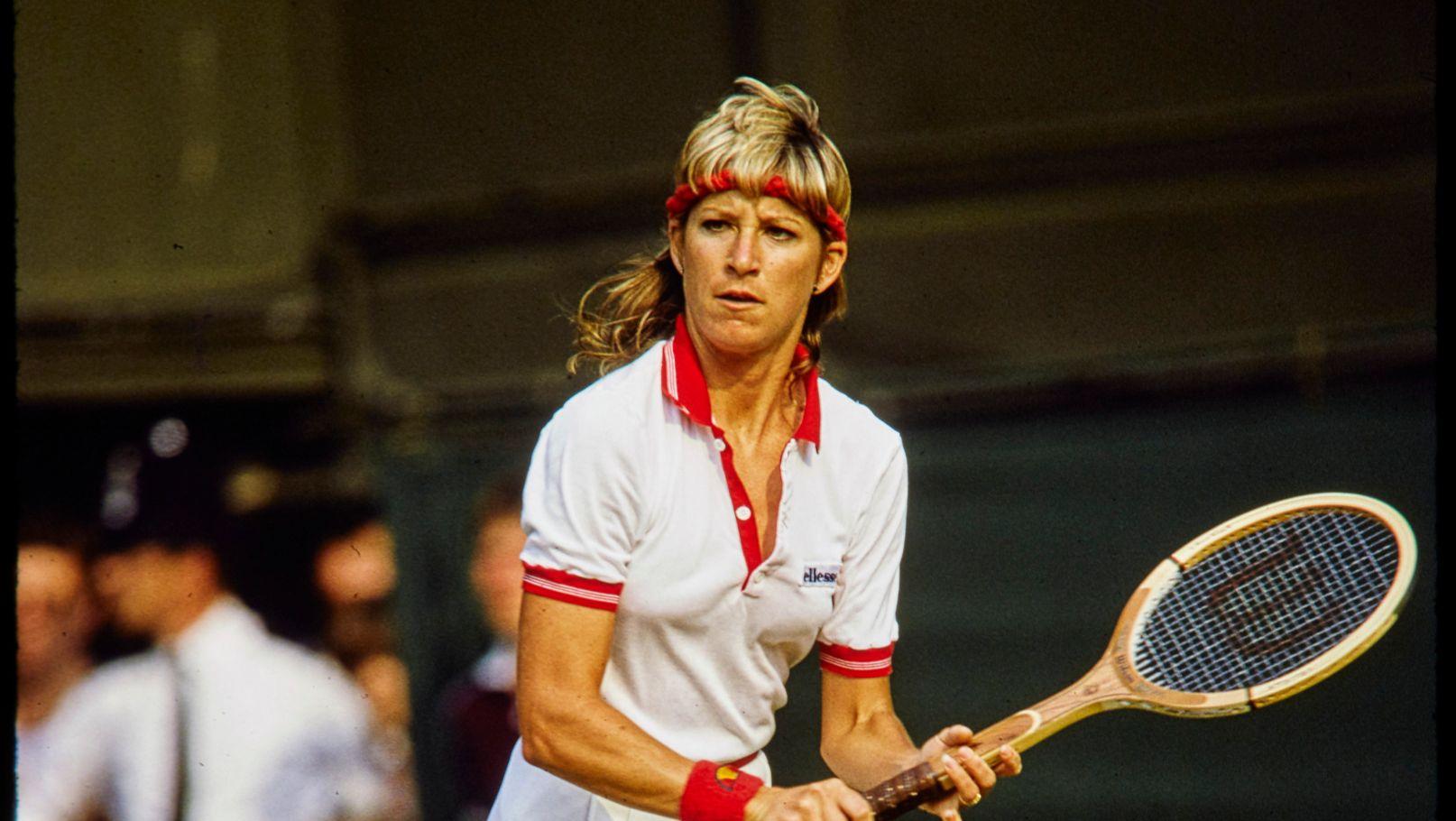
May 30, 2020
Yes I am missing it. Watching ITV4 to see the build up to the day’s play with John Inverdale and the likes of Fabrice Santoro and Mary Pierce. Then watching the big match of the day with commentary from Nick Mullins, Mark Petchey or Jim Courier. The customary windy conditions blowing across the clay, players disputing line calls and the hats of the Parisian crowd. I am missing it all at the moment.
Of course I am speaking about the French Open, which would currently be taking place were it not for the coronavirus pandemic. As much as staying awake to watch the Australian Open is a unique feeling, as much as watching evening matches at Wimbledon is special and as much as watching the boisterous New York crowd is exciting, there is something different about Paris and clay. Longer rallies than usual at Grand Slam level, the sliding and the orange colour court. I could go on and on.
Had this been any other year, we would at this moment be getting ready for the fourth round of the French Open. This is where the contenders for the title would be looking to get into top form and produce their best when it really matters. But as the pressure increases, it becomes increasingly tough to produce your best. But one year, two great champions of the women’s game battled out the final at the French Open and played a match for the ages.
Over the years of being a tennis fanatic, I had read a lot about the match. I had even seen the match point on numerous occasions, but had never seen the match in full. So I spent bank holiday Monday watching the 1985 final between Martina Navratilova and Chris Evert, who was Chris Evert Lloyd at the time. I watched the match point for point to see why it is so revered among the tennis faithful, and whether there was anything we can see which is similar to the modern day.
The first thing that was shown on the series of YouTube videos was the pre-match buildup, presented by the late great duo of Dick Enberg and Bud Collins. While their tennis knowledge was obvious, what was interesting to me were the statistics that were on show about Navratilova and Evert. Since the beginning of the 1982 season, Navratilova had racked up a record of 296 wins and just eight losses. Just think about that for a moment. Some players go through their whole career not winning 296 matches, and yet Navratilova won that many matches in less than two and a half years.
What was even more astonishing was the fact that in March 1985, Navratilova decided to wear glasses while playing matches. Going into the French Open final against Evert, Navratilova had not lost a set wearing glasses, let alone a match. Forty-six consecutive sets won and the previous year, she had set a record of 74 straight victories. Everything pointed to her winning a 12th major singles title, and she was bidding to become the first woman for 21 years to win the singles, doubles and mixed doubles at the same major. But Evert was also chasing records.

Evert was going for her 17th major singles title, and a record sixth French Open title. Throughout her career up to that point, she had lost just 11 times on clay, but had lost to Navratilova in the previous year’s French Open final 6-3 6-1. And she had recorded just four victories in her last 25 matches against her biggest rival. Just looking at all of these records made for a moment of reflection. We think that the game has improved no end with the technology in the rackets and coaching analysis, but when will ever see two dominant athletes at that level in women's tennis again? Can their records ever be matched? I don't think it will happen in my lifetime, even if Serena Williams wins another five majors.
The big question on everyone's mind was whether Evert could deliver a knockout blow for history. The crowd certainly wanted her to do so on that day, and by the way the first set went, it looked like she was going to do exactly that. The first point of the match was a 16 shot rally, ending with a smash winner from Navratilova. What was more interesting was the return position Navratilova decided to take. She was well inside the baseline, not just for the second serve, and she would stand well to her right on the deuce side. This continued throughout the match and just highlights how attacking Navratilova was. She was constantly searching for opportunities to approach the net. Navratilova is widely credited for bringing physicality and strength to the women’s game and this was clearly seen during the match.
During Tennis Channel’s countdown of the 100 greatest players of all time in 2012, Evert noted: “What I enjoyed when I played Martina was that I always had a target. I had to go out of my box of being conservative and go for the winner.” And boy did she go for that winner on 8 June 1985. Navratilova kept rushing to the net with slice approaches, particularly to Evert’s backhand side. But Evert kept responding with stunning cross court backhand passes. The precision is something to behold, even when there is only grainy footage to see it. Along with continuously making her backhand passing shot, she was also intent on surprising Navratilova. The biggest surprise was a second serve out wide to the forehand side on set point. Navratilova seemed perplexed and lost her first set in 24 matches. It just proved to me once again that in a match of huge importance, it really is about day form. All the form leading up to the match can help if it is going well, but on that day, even the unfancied player can look unbeatable if they execute their particular gameplan.

The confusion on Navratilova’s face continued into the second set as she was broken in the opening game. Her slice approach to Evert’s backhand was simply not working and she was down 2-4 and 0-30 on her serve. It was now or never for the 11-time Grand Slam singles champion. Yet what I marvelled at while watching Navratilova trying to figure out a way back into the match was her single-handed backhand. The strength needed to hit over that shot with just a single hand is remarkable and she held her own with that shot time and again. She did claw her way back, and despite being broken again, forced a tiebreak. The signature shot of the rallies she won during that time was an outstretched volley just when Evert thought she won the point. The athleticism at net from Navratilova was never seen before and may perhaps never ben seen again. And in the tiebreak, her consistency forced errors from Evert. A double fault from Evert took that match into a decider.
My immediate thought at that moment of watching the match was to think of what happened five years earlier at Wimbledon. The men’s singles final at Wimbledon in 1980 was between another storied pair of rivals, Bjorn Borg and John McEnroe. Everyone still today speaks about the tiebreak in the fourth set, which McEnroe won 20 points to 18. While the tiebreak between Navratilova and Evert was nowhere near that long, my mind went back to a comment Patrick McEnroe made in the “Fire and Ice” documentary about his brother John. “How can you lose a match after winning a tiebreaker like that?” Navratilova, though she seemed exhausted after winning the second set, must have thought the same thing.
In the seventh game of the final set, Navratilova looked like she sensed an opportunity. Rather than attacking the backhand side, she was attacking Evert’s forehand and along with a brilliant half-volley, she set up break point opportunities. Yet Evert stood firm and got out of the game to take a lead. Evert was again down 0-40 at 5-5, and it seemed like this was going to be it finally. Navratilova played a slicing drop shot so low, but Evert hit some stunning reflex shots at the net to save herself once more. Navratilova laughs at that moment, almost like a sign of resignation as to what she has to do. Watching the final set just highlighted to me how emotionally draining tennis can be, when the pressure is that immense. You begin to understand how tightly wound genius is at times, and when the stakes are as high as they were on that day, both players can end up showing emotions they would not otherwise. No statistic can measure that emotional impact, even if I would love it to.
The match point as I mentioned was one that I had seen countless times, but it still amazes me. The backhand down the line threads the eye of a needle and Evert handed Navratilova just her third defeat of the year to that point. Watching that match point by point made me realise why it is such a treasured final. It was perhaps the crowning moment in the greatest rivalry in all of sport. Tennis in the modern day certainly has better television cameras, better technology and is perhaps even more physical. But watching Navratilova and Evert at the French Open was special, even 35 years on and may never be matched again. It was a good decision to watch it in full on Monday, regardless of what anyone says.